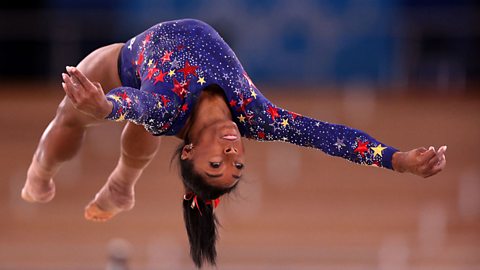Rain is in the air. Youâre standing near the touchline while your team is three goals down.
Nevertheless, in a few moments time, you have to turn to the crowd and do something - anything - to raise their spirits.
But youâre not the manager, not the coach, youâre the mascot. Encased in layers of foam and fur shaped into a swan, dinosaur, or even a humanoid hammer, they can be seen as the physical embodiment of the love and loyalty fans have for their team - and hopefully one that brings a little luck to each game.
±«Óătv Bitesize takes a look at the history of the mascot and some of the more memorable characters whoâve made a mark over the years.
Hitting a high note from the off
Opera, not an especially sporting pastime, is given as one of the origins behind the concept of a mascot. The word itself comes from the French word âmascotteâ which translates as âlucky charmâ.
The Oxford English Dictionary (OED)âs earliest recording of the word dates back to 1881, following the 1880 French opera, La mascotte. Its plot involved a person being a symbol of good fortune, an idea then taken and replicated on the sports field. The French version of the word can be traced back to 1867.
Fans with four legs, or a pair of wings
In the early days of mascots, teams in different sports would often use live animals as an emblem. These ranged from household pets to creatures such as Bevo, the Texas longhorn (a type of cattle), who has been the athletics mascot of the University of Texas at Austin for more than a century. Another example is the USAâs Yale University, where Handsome Dan the bulldog has represented its sports teams since the 1890s.
A dog belonging to one of the students was led onto the pitch before baseball and American football matches. The image became so beloved, the university is now home to the 19th embodiment of Handsome Dan. The little fella has a host of social media accounts, for anyone wanting to double-check how handsome he is.
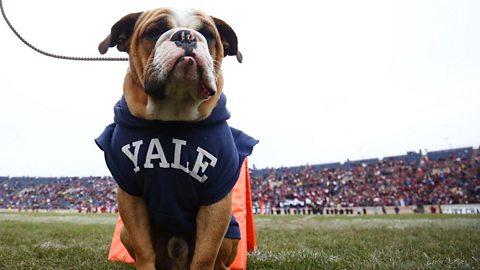
Football clubs in the UK often have mascots connected to the club crest. Crystal Palace had a combination of the two. With an eagle as their emblem, Pete is the the costumed character who entertains the crowds while Kayla, an actual eagle, flew around the pitch before home games. Sadly, Kayla passed away in 2020.
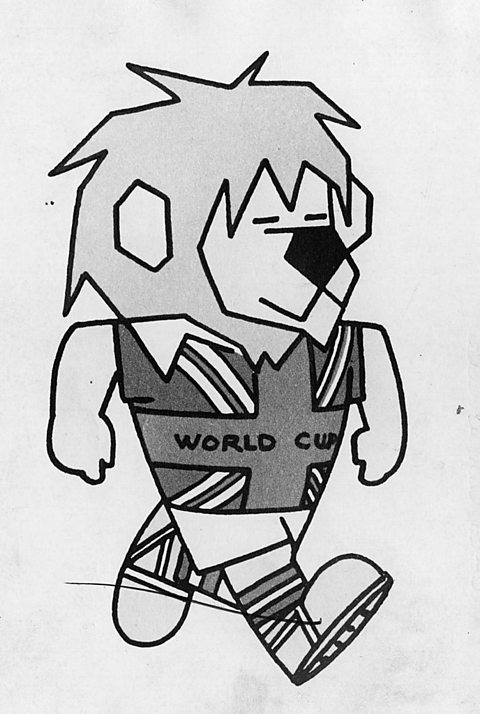
Mascot for a month or so
While some mascots are around for decades, other have a shorter shelf life, having been designed for a specific event or tournament.
We have to go back more than half a century to find the very first World Cup mascot. When England hosted the tournament in 1966, artist Reg Hoye was approached by the Football Association (FA) to create a mascot for the event. The final result was World Cup Willie.
Wearing a union flag jersey (although the UK as a whole was not the host), and with a bushy mane, Willie featured on a lot of merchandise. Regâs son Leo, who inspired the design, told the ±«Óătv in 2012: âHe [Willie] is not just remembered in Britain but by people of my generation from other countries⊠there was tremendous interest from all over the world.â
The lion is a symbol of England dating back to William the Conqueror. Successive World Cup hosts also looked to their heritage for a winning mascot design. When Spain hosted in 1982, Naranjito the orange was the first food item to hold the honour. The orange (naranja in Spanish) is one of the countryâs biggest fruit exports.
The Olympic Games is another global opportunity for mascots to grab peopleâs imaginations. The earliest one listed on the official site is Shuss, a stylised skier - who featured at the 1968 Winter Games in Grenoble, France. The designer, Aline Lafargue, only had a single night to prepare the idea. Shuss was followed by the first mascot for the Summer Games, Waldi the dachshund at Munich 1972 - a breed of dog popular in Bavaria, the German state playing host.

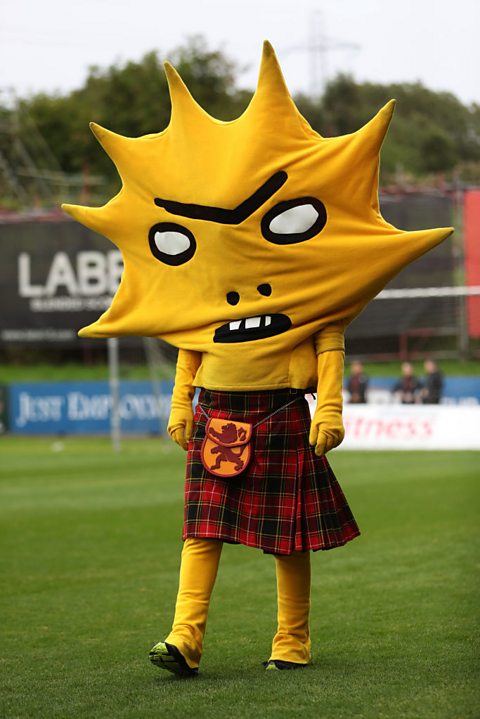
Thereâs only one Kingsley
You might have been waiting for this bit.
Thatâs because no history of mascots is complete without mention of Kingsley, the Partick Thistle emblem who hit the headlines on arrival at the Glasgow club in 2015.
Designed by artist and fan David Shrigley, Kingsley may look like a disgruntled thistle - but he is a stylised version of the sunshine logo of the California-based hedge fund (a type of partnership in the world of finance) which sponsors the club. Shrigley told the Guardian newspaper shortly after Kingsleyâs introduction, and possibly not all that seriously: âHe represents the angst of being a football fan â which anyone who has supported Partick Thistle over the last few decades understands.â
Nevertheless, Kingsley endures, while Partick helped ease Shrigleyâs angst by becoming Scottish League One champions in 2021. The club sponsors said ahead of the 2022/23 season: âThereâs a saying in the hedge fund world, âFeed your winners.â
âKingsleyâs definitely been a winner, though weâre still not sure what he eats.â
This article was published in November 2022.

Unexpected moments in World Cup history
Surprise free kicks, goals punched away and a pop superstar's memorable penalty
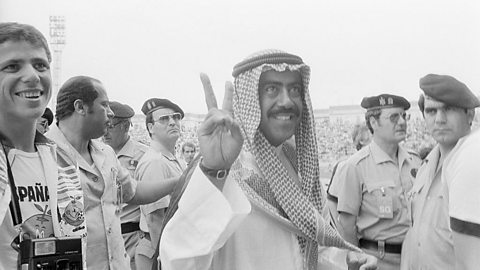
From the minutes of its first meeting to a World Cup replica
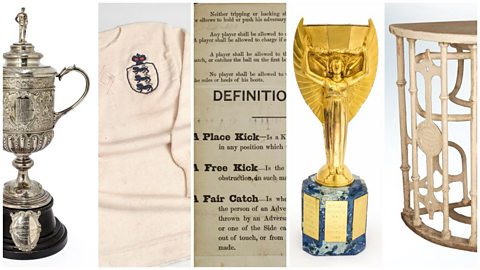
Four signature moves that changed the world of sport
From gymnastics to boxing to football, there is room for thinking differently in every sport.
